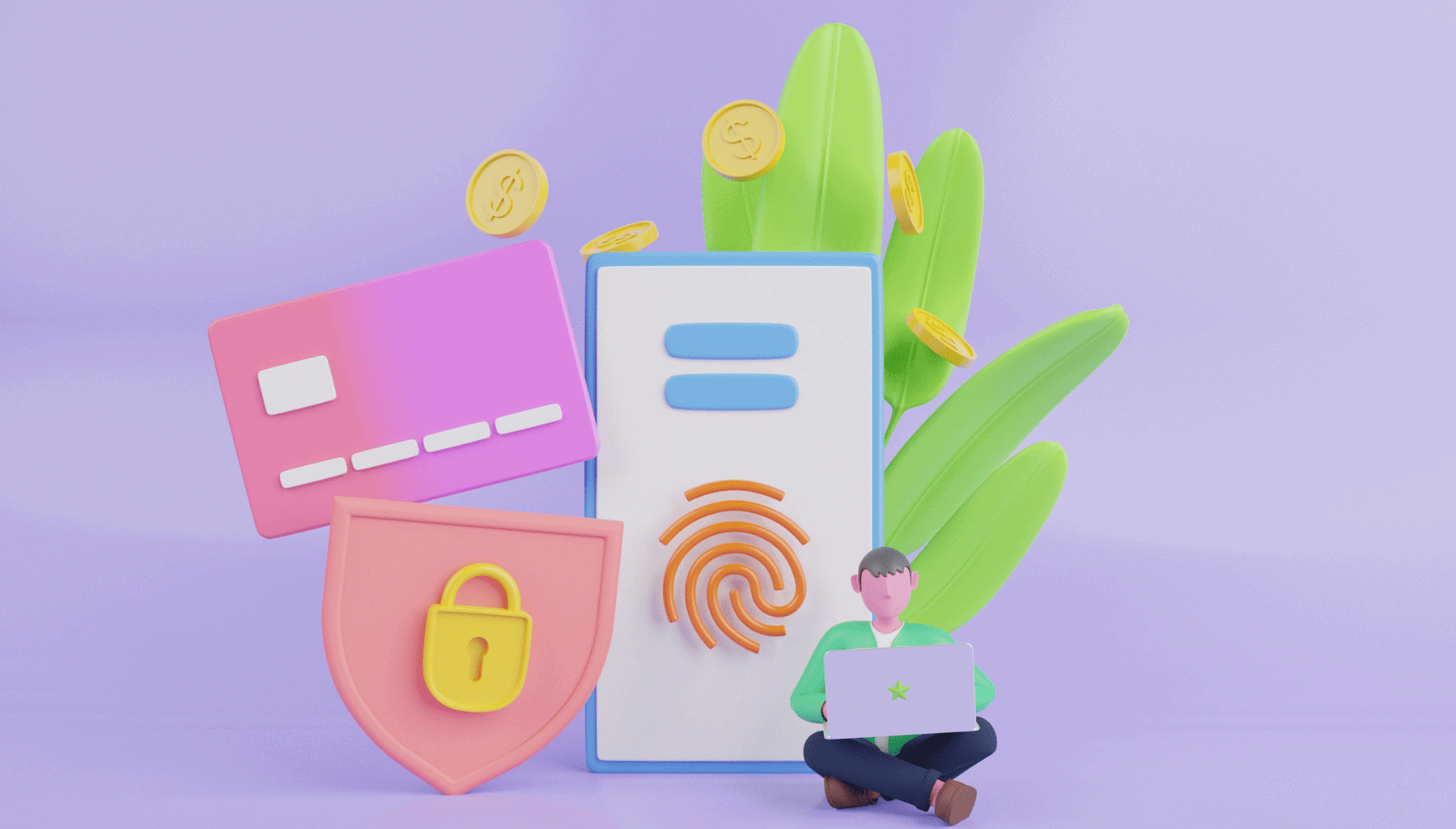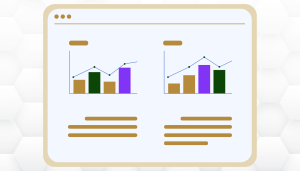
Share
As the landscape of online shopping continues to evolve, consumers are adapting their preferences for payment methods. E-commerce platforms are experiencing a notable change in transaction dynamics, offering various payment options to align with individual consumer choices. Let’s dive into some of the most common payment methods that are shaping the future of online shopping.
Credit & Debit Cards
Credit and debit cards have long been the dominant players in the e-commerce payment arena, with 70% of online shoppers choosing it as their preferred payment method. The widespread acceptance of credit and debit cards across various online platforms contributes to their popularity, offering users a familiar and convenient method for completing transactions. As technology continues to evolve, major card networks are integrating advanced security features like multi-factor authentication to reduce fraud and enhance overall safety of this online payment method.
Digital Wallets
Digital wallets have gained immense popularity, providing users with a seamless and secure way to make online payments. According to Capital One Shopping Research, the global total value of digital wallet transactions reached $9 trillion in 2023. Services like PayPal, Apple Pay, Google Pay, and Samsung Pay securely store users’ card information, allowing for quick transactions without the need to enter card details for each purchase.
Bank Transfers
Bank transfers, or direct bank payments, are when users transfer funds directly from their bank to the merchant’s account. This option is frequently chosen for larger payments or to avoid credit card transaction fees. Although not as prevalent in the US, this payment option is popular in regions of Europe and Asia, where 25% of online shoppers prefer this method. As online banking and bank apps rise, this method is becoming more convenient.
Buy Now, Pay Later (BNPL)
Buy Now, Pay Later services have gained a lot of traction recently, especially among younger demographics. Platforms like Afterpay and Klarna allow users to make purchases and pay for them in installments over time, appealing to budget-conscious consumers and boosting sales. From 2021 to 2026, the number of global users who choose BNPL is projected to quadruple. This trend indicates a large shift in consumer preferences towards more personalized and flexible payment options, challenging traditional payment structures.
Cash on Delivery (COD)
While traditional, cash on delivery (COD), remains a common payment method particularly in regions where online payment infrastructure is still developing. This has made online shopping more appealing for some consumers since it minimizes the risk of being unhappy with a product when seeing it in person. According to Asendia, the global COD market is expected to reach $578.4 billion by 2025, up from $267.5 billion in 2020.
Conclusion
As online payment methods and consumer preferences continue to evolve, e-commerce brands should integrate a mix of purchasing options to cater to a broad audience. Striking a balance between traditional and innovative methods ensures a seamless and inclusive shopping experience for customers, resulting in success for your brand.
In the rapidly evolving landscape of e-commerce, choosing the right payment methods can significantly enhance your customer’s experience and boost your brand’s credibility. But, understanding and implementing these payment solutions is just the beginning. To truly propel your e-commerce brand to new heights, consider harnessing the power of affiliate management.
Whether you’re looking to expand your reach, increase sales, or build lasting customer relationships, our team at Advertise Purple is here to guide you every step of the way. To learn more about how you can build and fortify your e-commerce brand through strategic affiliate management, don’t hesitate to contact us today. Let’s embark on this journey together, crafting a success story that sets your brand apart in the bustling digital marketplace!





